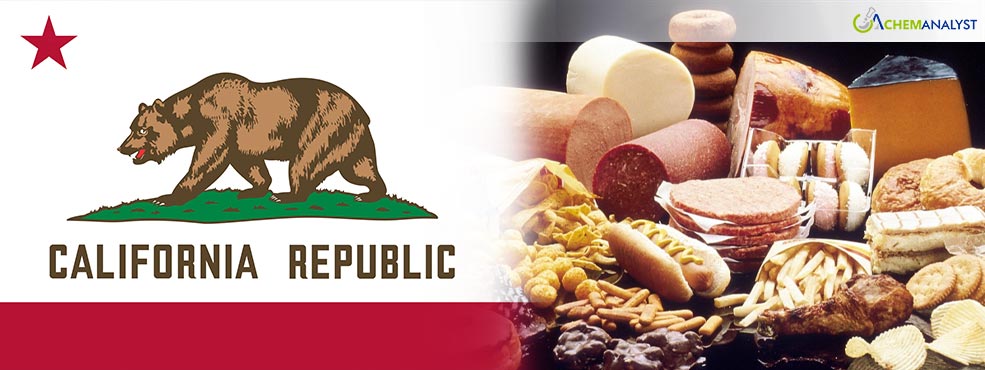California Governor Targets Ultra-Processed Foods and Food Dyes in New Executive Order
- 09-Jan-2025 12:15 AM
- Journalist: Nightmare Abbey
California Governor Gavin Newsom has taken bold action to address the growing concerns over the health impacts of ultra-processed foods, food dyes, and "generally recognized as safe" (GRAS) ingredients. In a new executive order, Newsom mandates state agencies to explore the safety of these substances and recommend steps to mitigate their adverse effects on public health.
The executive order, issued on January 6, focuses on ultra-processed foods, which are industrially manufactured products that often contain a range of chemical additives designed to enhance taste, texture, and shelf-life, with minimal inclusion of whole foods. Examples of such products include packaged snacks, sugary beverages, cookies, chips, and highly processed meats like hot dogs and lunch meats.
In his executive order, Newsom emphasized the dangers posed by food dyes and other chemicals that are currently approved for use in the U.S. food supply. He pointed out that there are more than 10,000 substances authorized for use in food products in the U.S., in stark contrast to the European Union, where only 300 substances are allowed. Many of these chemicals enter the food supply via the FDA’s GRAS process, which some scientists and lawmakers have criticized as a “loophole,” potentially allowing toxic substances to remain unchecked in the food supply. The GRAS system has been labeled a “laissez-faire approach” to monitoring food safety by some experts, posing a significant risk to public health.
Food dyes contain chemicals like tetrasodium EDTA; whereas food additives have maleic anhydride which are used to make fumaric acid, succinic acid and maleic acid.
As part of the executive order, several important actions are mandated for state agencies. By April 1, 2025, the California Department of Public Health (CDPH) will be required to provide recommendations on how to limit the harm caused by ultra-processed foods, including the potential introduction of warning labels on such products. The Office of Environmental Health Hazard Assessment (OEHHA), in partnership with CDPH, will also conduct a review of the adverse health impacts of food dyes, delivering findings to the Governor’s office by April 1, 2025.
The order also tasks CDPH and OEHHA with evaluating the feasibility of state-level oversight of food additives designated GRAS by the FDA. The agencies are expected to report on the possibility of regulating these additives more strictly and taking action if companies fail to notify the FDA about certain substances.
Another significant aspect of the order is its focus on improving the quality of food served in schools. It includes measures aimed at decreasing the purchase of ultra-processed foods, increasing access to healthier options, and using more fresh, locally sourced ingredients in California school meals.
While Newsom’s executive order is seen as a significant step in regulating food additives, some groups have raised concerns about a potential patchwork of state regulations. For example, prior to the passage of the California School Food Safety Act, the Consumer Brands Association (CBA) warned against states imposing their own food safety regulations, arguing that such actions could create confusion and undermine national standards based on scientific review.



